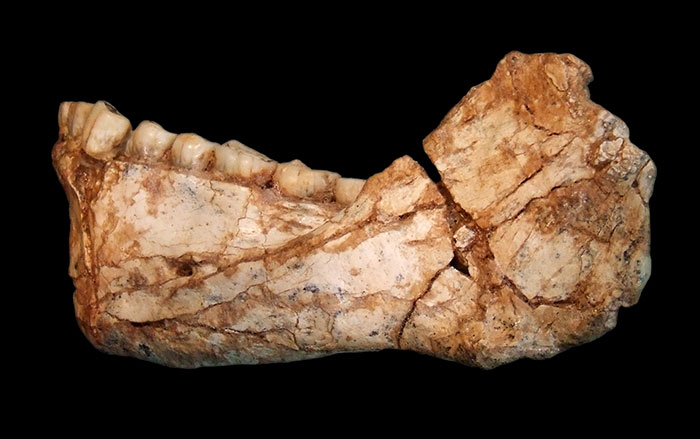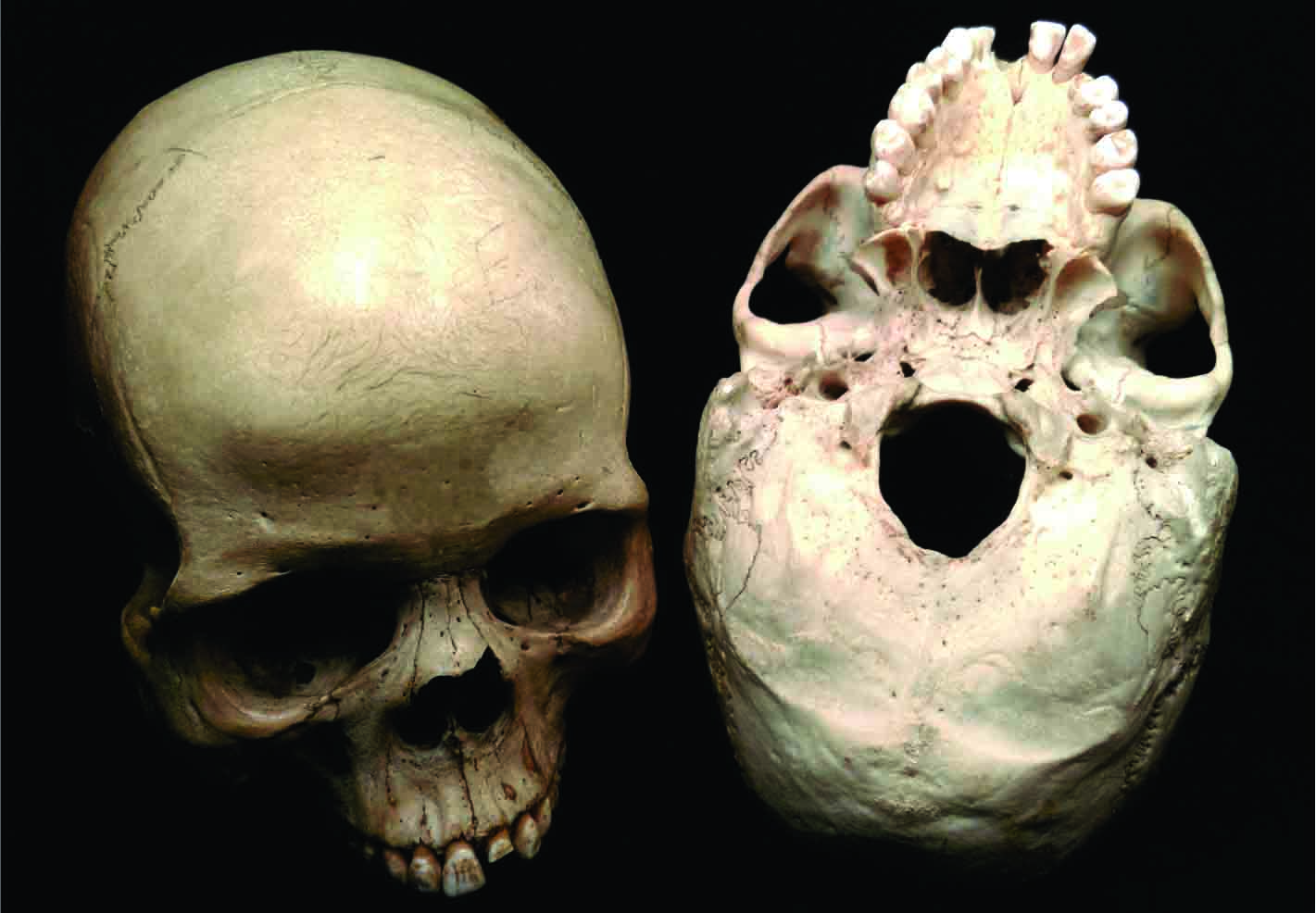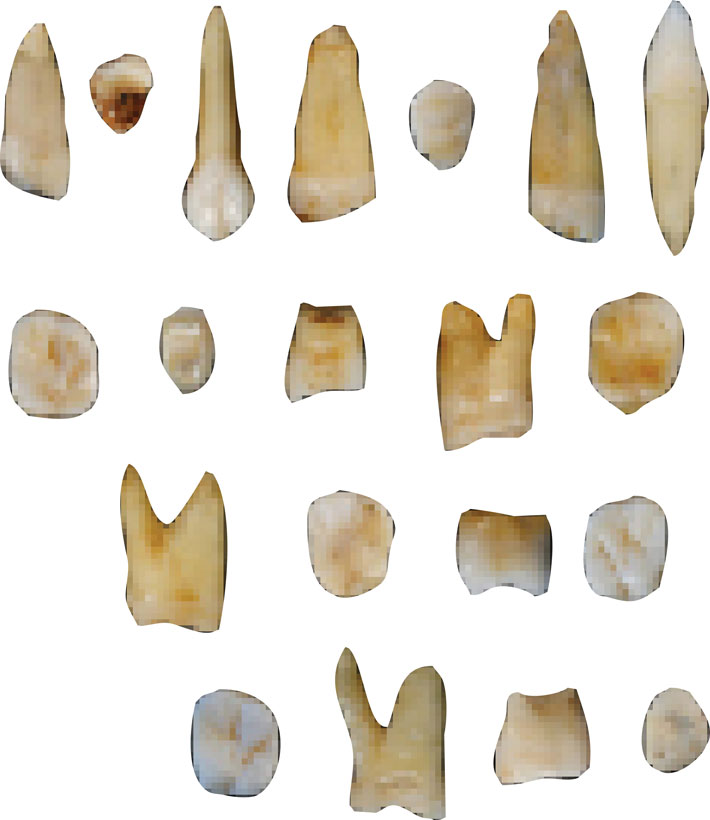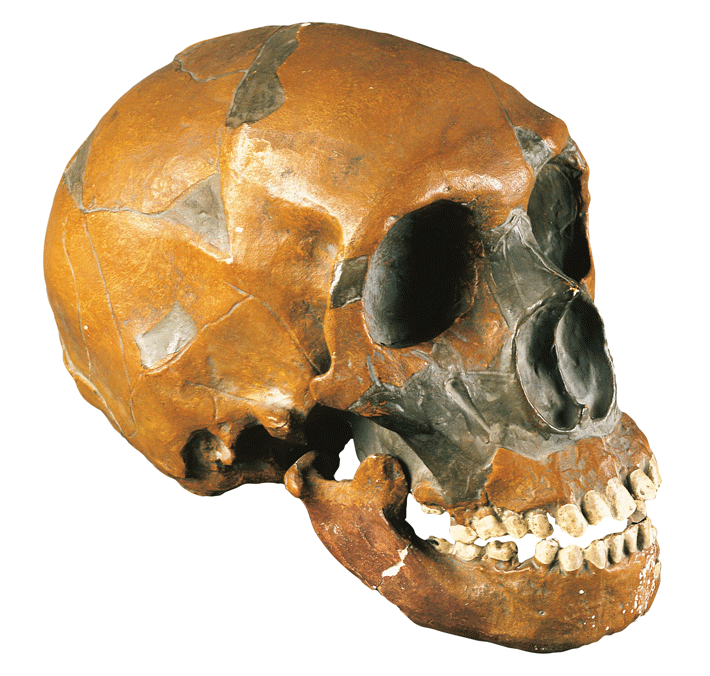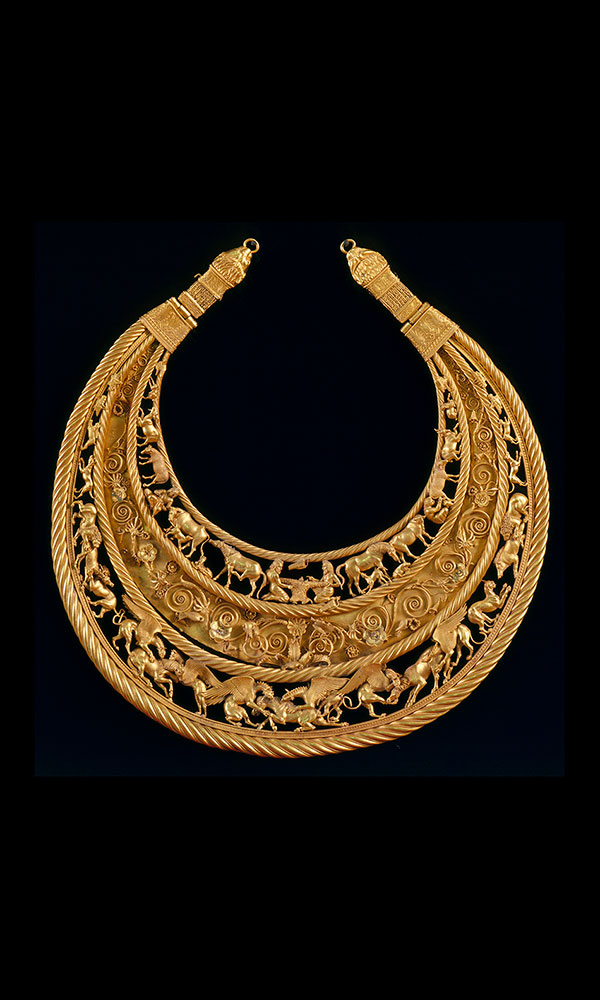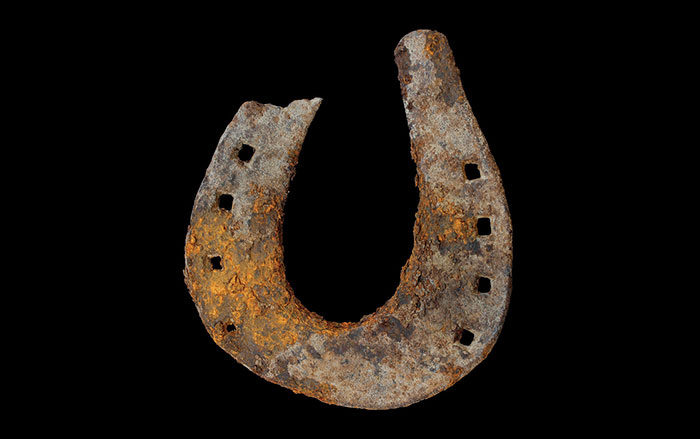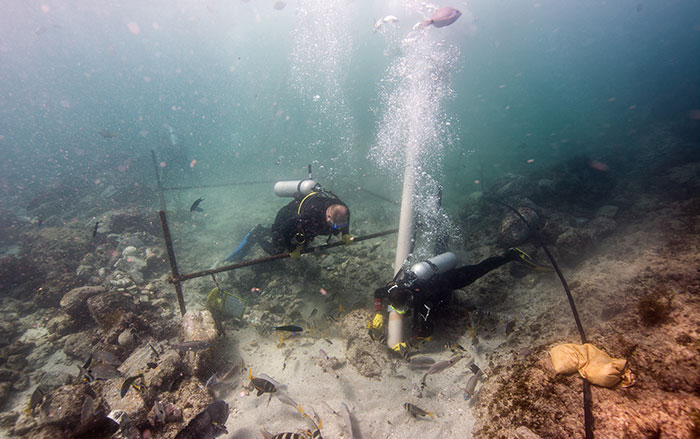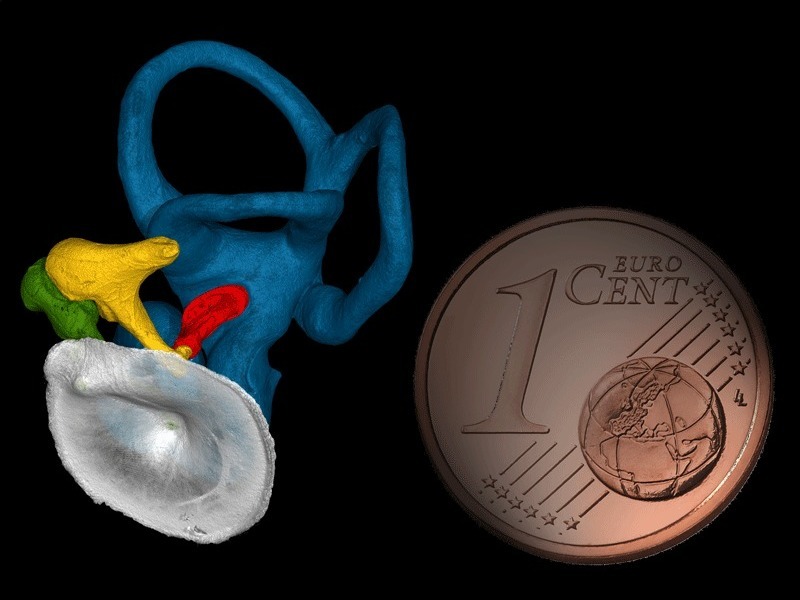
MUNICH, GERMANY—The Christian Science Monitor reports that scientists led by Alexander Stoessel of the Max Planck Institute for Evolutionary Anthropology examined the tiny bones of the Neanderthal middle ear. They found that although the bones look very different from the ossicles of modern humans, they amplified the vibrations received from the eardrum in a way similar to the modern human ear. This suggests that Neanderthals were capable of hearing the same range of frequencies as modern humans, and probably heard speech as modern humans did. Previous research has found that Neanderthals and modern humans also had similar hyoid bones, a horseshoe-shaped structure that supports the tongue and the ability to speak. Unfortunately, a larynx, or voice box, which is formed from soft tissue, has not been found in the Neanderthal fossil record. “As humans, we always try to point out the differences between modern humans and Neanderthals to show that these are the different ones,” Stoessel said. “But now our research shows actually how similar they were to us.” For more on Neanderthals' abilities, go to "Gimme Middle Paleolithic Shelter."


